Plant Trees
Plant trees for impact and help restore ecosystems around the world! Plant a Tree!
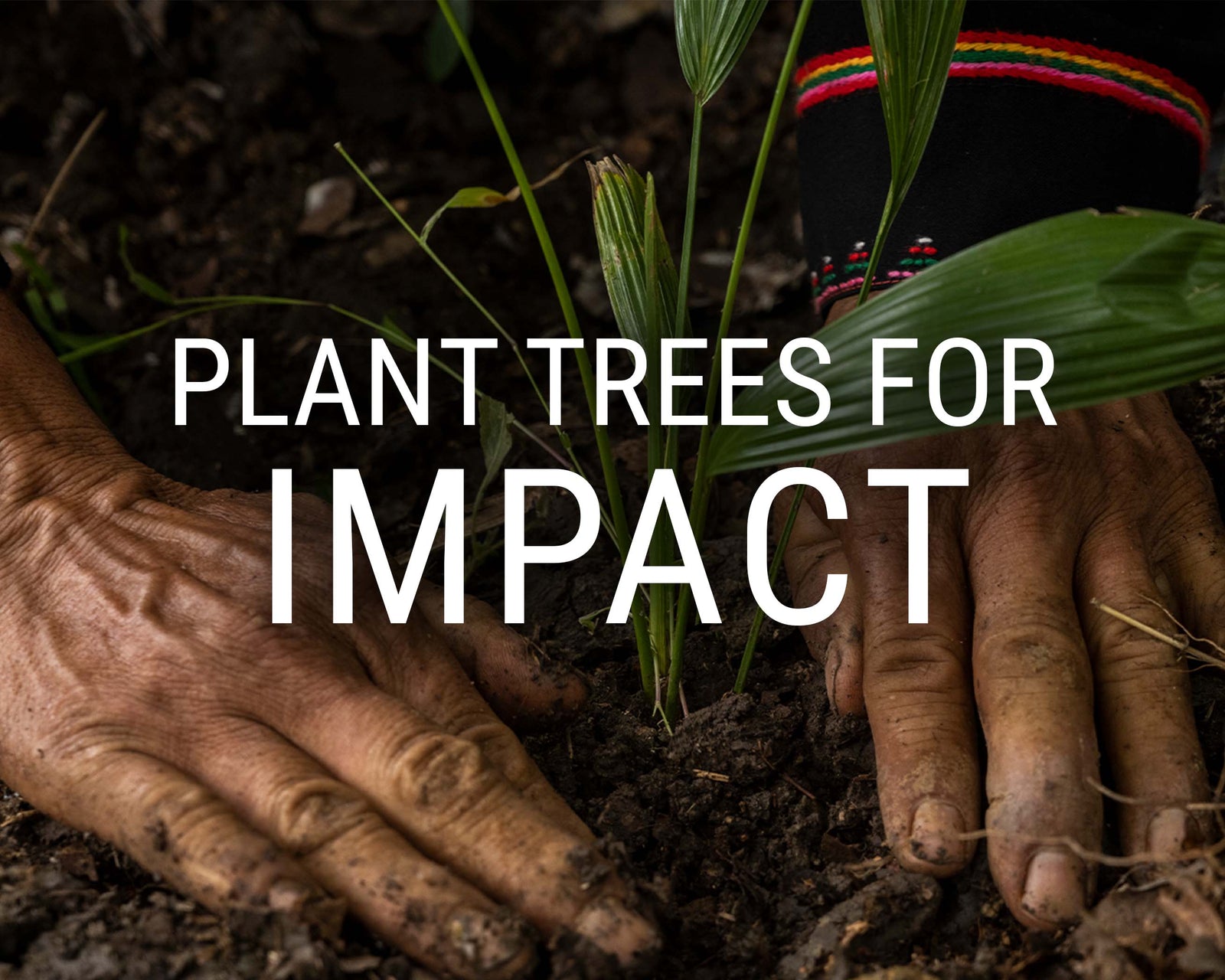
Plant trees for impact and help restore ecosystems around the world! Plant a Tree!
About
Stay up to date on major announcements, exciting collaborations, and more. Visit our Newsroom
We make it simple for anyone to plant trees, and together we can make an incredible impact. Learn more
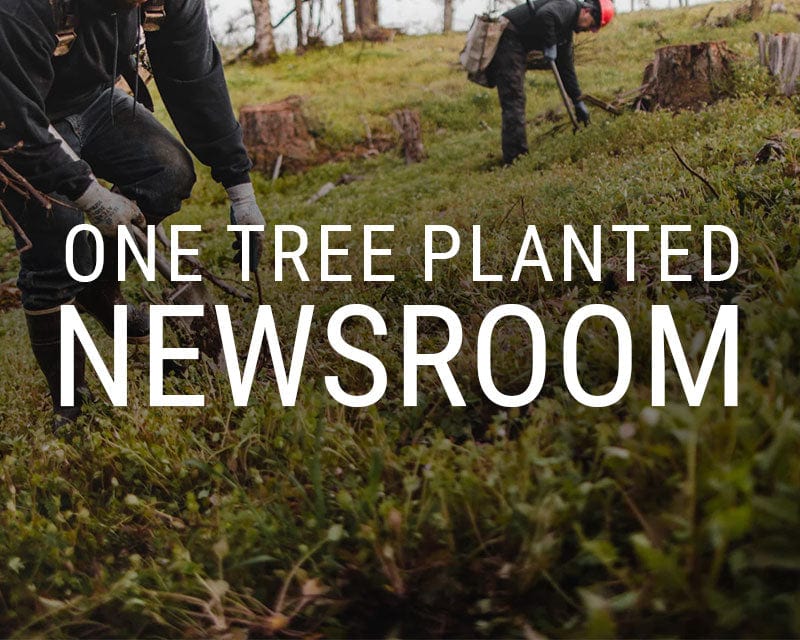
Stay up to date on major announcements, exciting collaborations, and more. Visit our Newsroom

We make it simple for anyone to plant trees, and together we can make an incredible impact. Learn more
Get Involved
Become a business partner to improve your company’s sustainability initiatives and make an impact. Learn more
See how your support and leadership can help us fund reforestation efforts across the globe. Learn more

Become a business partner to improve your company’s sustainability initiatives and make an impact. Learn more

See how your support and leadership can help us fund reforestation efforts across the globe. Learn more
Learn
Read about stories from the field, interesting facts about trees and get your healthy dose of nature. Visit our blog
Comprised of lesson plans, learning modules, resources, and activities, our T.R.E.E.S. School Program is the perfect addition to your curriculum. Learn more

Read about stories from the field, interesting facts about trees and get your healthy dose of nature. Visit our blog

Comprised of lesson plans, learning modules, resources, and activities, our T.R.E.E.S. School Program is the perfect addition to your curriculum. Learn more
Shop
Our fan-favorite Reforestation T-Shirt. Wear it with pride to show your support of reforesting our planet, one tree at a time. Shop now
Give the gift that lasts a lifetime! Choose an image, write your personalized message and select a delivery date to gift a tree. Gift a tree
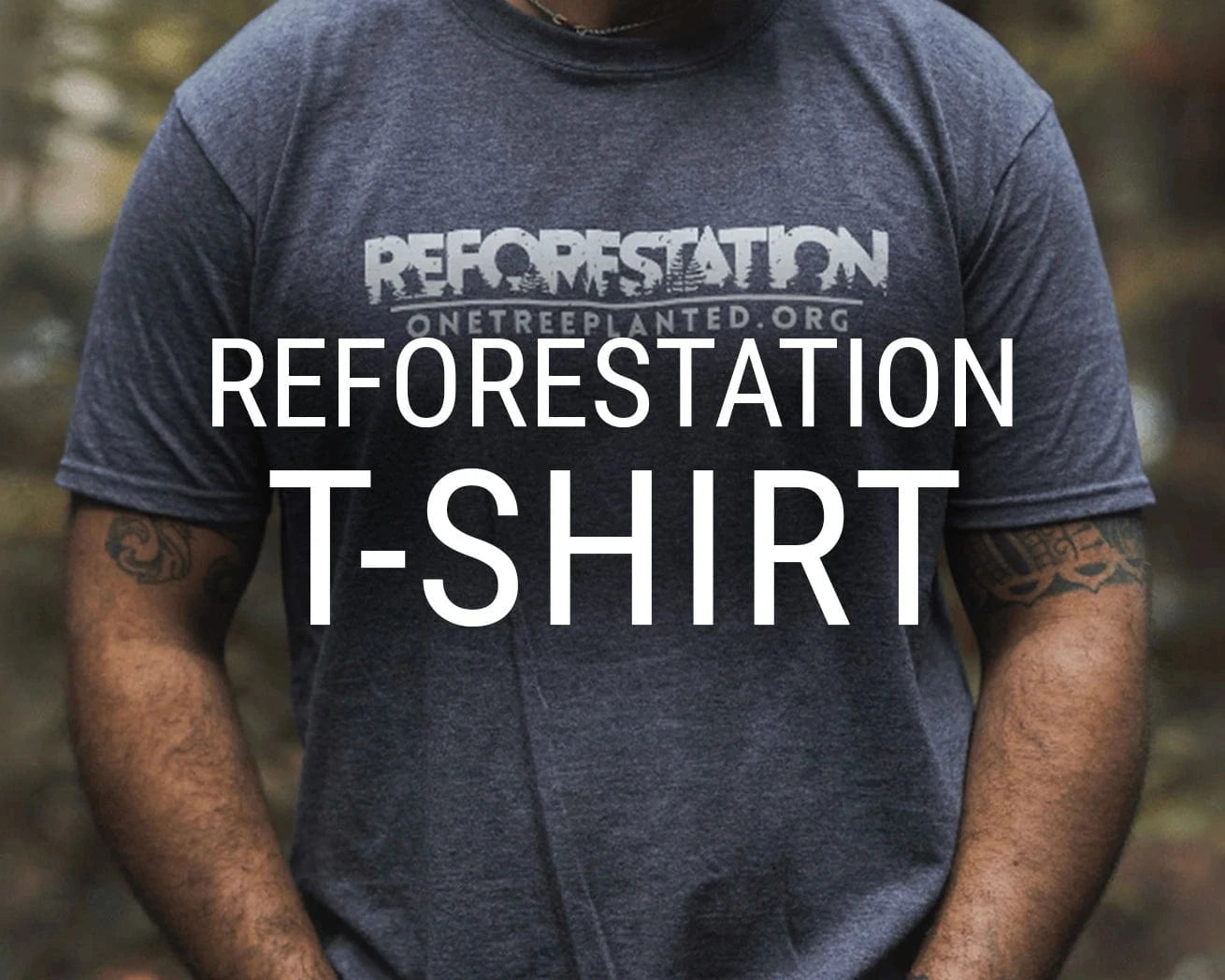
Our fan-favorite Reforestation T-Shirt. Wear it with pride to show your support of reforesting our planet, one tree at a time. Shop now
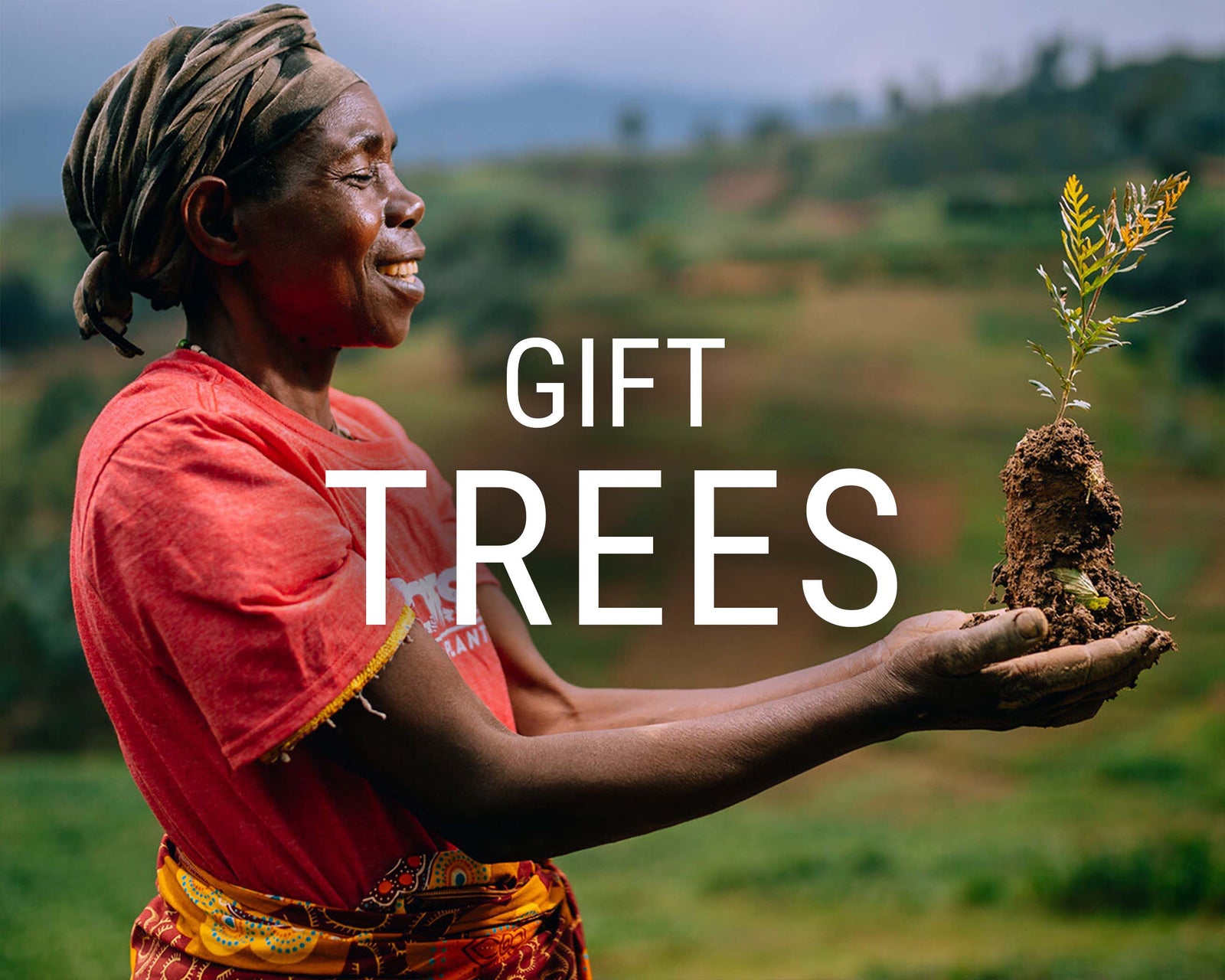
Give the gift that lasts a lifetime! Choose an image, write your personalized message and select a delivery date to gift a tree. Gift a tree
Get Involved
Plant Trees
Get news, updates, & event Info delivered right to your inbox:
How Do Trees Grow? The Answer Might Surprise You!
Ever find yourself wondering how tiny seedlings transform into towering forests? From fast growing trees like fire cherry to slow and steady monoliths like white oaks, trees go through an incredible life cycle that begins with seeds and ends with decomposition. We think trees are pretty fascinating and worthy of taking a closer look. So watch our new short video to brush up on your tree ecology, and perhaps learn a thing or two!
How Long Does It Take For a Tree to Grow?
How Long Does It Take For a Tree to Grow?
Step 1. Dispersal
Every mighty tree began its life as a small seed, but each tree species has a unique seed dispersal strategy developed to maximize reproductive success by taking advantage of local ecological conditions. These include:
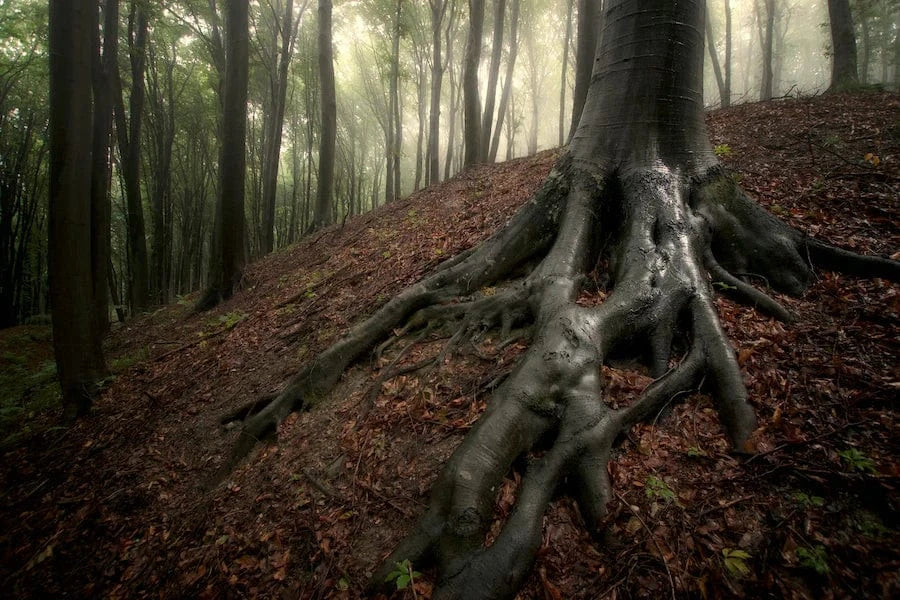
Step 2: Growing Roots
Once a seed has landed and been activated by environmental conditions like soil nutrients, water, temperature, or fire, germination — or soaking up water and splitting open — begins. After this, the first root, or taproot, works its way down into the soil, while the stem grows upward into the air, slowly lifting the seed case off the ground. Pretty quickly, leaves begin to grow and unfurl, drinking in CO2 and sunlight — and eventually discarding the seed case. But the action doesn’t just happen above ground — below the surface, the taproot thickens and deepens, sending out tiny filaments that grab onto soil particles. Through this process, the tender seedling will grow into a hardy sapling with a woody single stem and tree-like leaves or needles. From there, the tree sapling will slowly transform into a mature tree with a deep taproot and thick lateral roots that hold the topsoil together while nourishing the rest of the tree. In some areas, like tropical rainforests, where the soil is shallow and poor, trees will grow aerial, or buttress, roots aboveground to absorb oxygen and provide extra stabilization.
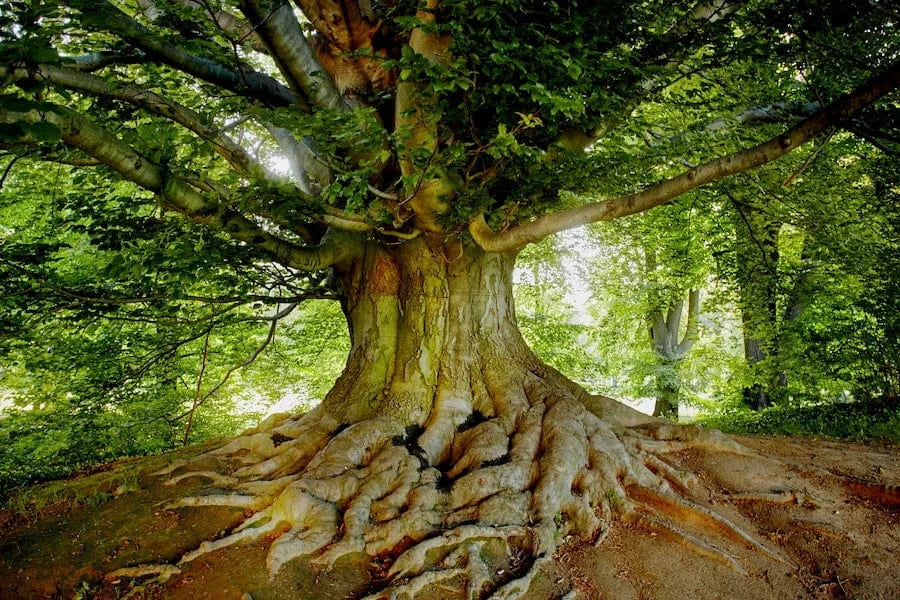
Step 3: Growth and Maturation
Guided by climatic conditions, trees typically grow in spurts of active expansion followed by periods of rest — in temperate regions, a full year’s growth can take place in just a few short weeks! And when it’s time to go dormant, leaves are folded in and waterproof buds formed to protect active growth areas. Speaking of growth, there are two kinds: expansion of roots and stems, and progressive thickening of tissue. And unlike humans and animals, trees only produce new cells in limited places called meristems. Left alone, most trees can grow for centuries, gnarled bark slowly thickening and branches twining towards the sky.
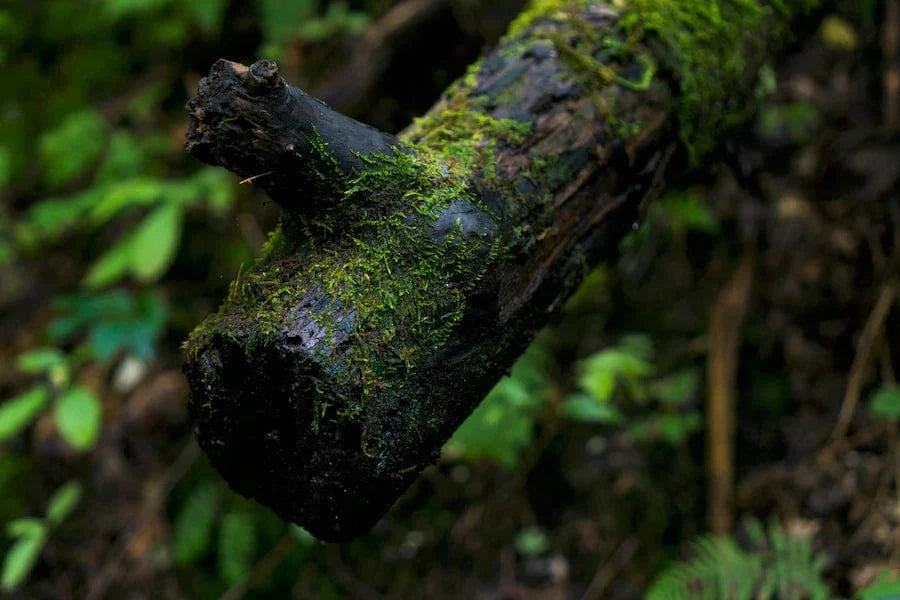
Death and Decomposition
External stressors like floods, fires, strong winds, and poor soil that dislodge tree roots and send them crashing down, diseases and insect infestations that interfere with their ability to make and circulate food, water, and nutrients, and human activities like logging and deforestation, often kill trees before their time. And although it’s true that snags can provide habitat for many species, entire ecosystems can collapse when too many trees are lost. After all, trees are good neighbors and provide vital services like soil stabilization, water absorption and release, help with air filtration, provide shade and shelter, are a source of food, assist with carbon sequestration, and so much more.
External stressors like floods, fires, strong winds, and poor soil that dislodge tree roots and send them crashing down, diseases and insect infestations that interfere with their ability to make and circulate food, water, and nutrients, and human activities like logging and deforestation, often kill trees before their time. And although it’s true that snags can provide habitat for many species, entire ecosystems can collapse when too many trees are lost. After all, trees are good neighbors and provide vital services like soil stabilization, water absorptionand release, help with air filtration, provide shade and shelter, are a source of food, assist with carbon sequestration, and so much more. Trees are fascinating forms of life, and a closer inspection only confirms that fact. Want to help trees and nature? Plant a tree today!
Get news, updates, & event Info delivered right to your inbox:
Meaghan Weeden
Meaghan works to share our story far and wide, manages our blog calendar, coordinates with the team on projects + campaigns, and ensures our brand voice is reflected across channels. With a background in communications and an education in environmental conservation, she is passionate about leveraging her creativity to help the environment!
Related Posts
15 Amazing Trees to Remind You Why Nature is Awesome
01/08/2023 by Meaghan Weeden
Good News! 7 Positive Environmental News Stories From July 2023
27/07/2023 by Gabrielle Clawson
5 Important Tree Species You Need to Know
27/07/2023 by Gabrielle Clawson
Popular On One Tree Planted
8 Amazing Bamboo Facts
18/07/2023 by Meaghan Weeden
Inspirational Quotes About Trees
11/07/2023 by Meaghan Weeden
27 Ways to Prevent Climate Change
13/06/2023 by Meaghan Weeden





